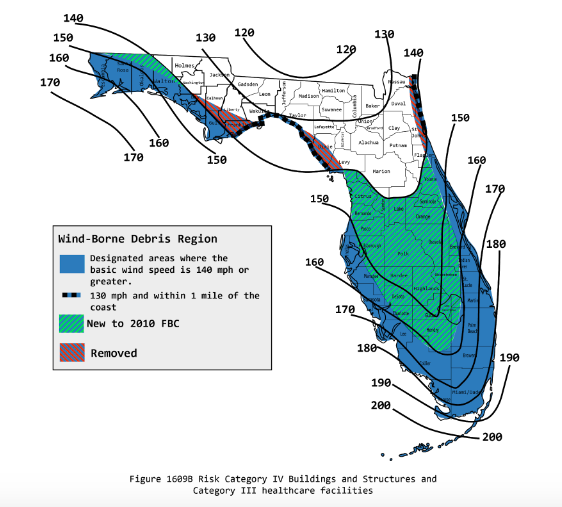There’s plenty to marvel at when it comes to mother nature, from fragrant florals to the oxygen we breathe. However, when the sky shifts from robin’s egg blue and fluffy white clouds to deep charcoal grey hues, she can bring massive devastation to homes and families.
Statistically, severe weather patterns are on the rise with no sign of slowing down, according to the National Climate Assessment,
“There has been a substantial increase in most measures of Atlantic hurricane activity since the early 1980s, the period during which high quality satellite data are available...By late this century, models, on average, project an increase in the number of the strongest (Category 4 and 5) hurricanes. Models also project greater rainfall rates in hurricanes in a warmer climate, with increases of about 20% averaged near the center of hurricanes.”
Protecting lives is top priority when a hurricane or severe storm blows through town, but high velocity hurricane zones (HVHZ) homes and buildings are a close second.
Construction and building professionals are well versed in the changing building codes and rigorous product approval requirements.
Even the Federal Emergency Management Agency (FEMA) understands that the stronger the building is the less damage and lives will be lost, which is evident by their mitigation assessment teams who study property damage to improve building practices.
Dr. Leighton Cochran, CPEng, MASCE, CPP, principal of Fort Collins, Colo.-based CPP, a consulting engineering firm specialized in wind (www.cppwind.com), explains,
“The pressure created on a building's external surface increases with the square of the wind speed. As a result, building product specification and design must be able to withstand such pressures—as well as flying debris caused by the winds.
This is key because once the building envelope is broken by a flying object during a storm, the large external pressures can move to the inside of the building and generally increase the net load seen across the remaining intact building skin, at which point further failures and water damage will ensue.”
How to Know if You Live in a High Velocity Hurricane Zone
You may have researched this prior to purchasing your home, but the best way to know if you live in a high velocity hurricane zone is by seeing where your home sits in a wind map shown below.
Different Building Requirements for High Velocity Hurricane Zones
Certain cities and counties in Florida, such as Miami-Dade and Broward County, have developed stricter building code standards and product approval systems over time to satisfy higher HVHZ performance program standards.
“Fenestration is a critical part of the structural and functional design and is often the key element in both the interior and exterior aesthetic design...the overall height and shape of the building affects its visual appeal and can greatly impact the wind load requirements.” - Chuck Anderson, codes and industry affairs manager for the American Architectural Manufacturers Association (www.aamanet.org)
Products That Make a Difference
Glazed or energy efficient films on windows and doors alone do not perform the same when it comes to hurricane product testing and protecting your home from high pressure or debris impact leading to water and wind intrusion. Using impact windows or high performance shutters is a must to protecting your home in an HVHZ area.
EAS Bertha products offer homeowners a complete line of Florida Product Approved and HVHZ tested windows and doors to protect your home when the weather gets tough. To learn more about EAS’s complete product line, click here, or to better understand the inner-workings of your window label click the button below.



